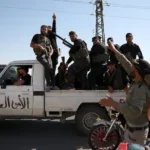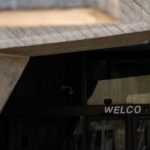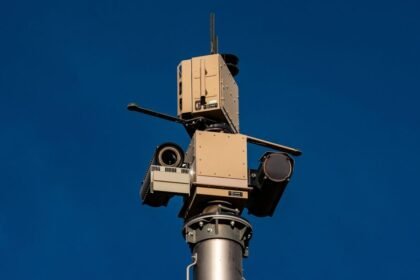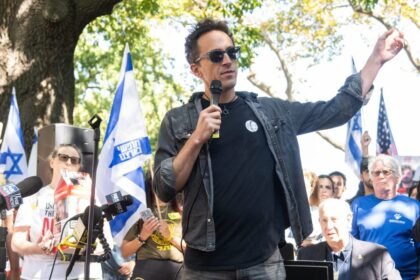Suweida, the predominantly Druze province in southern Syria, has become the epicenter of a volatile and multifaceted crisis. Recent violent clashes between government forces, Druze militias, and local Bedouin fighters have led to hundreds of casualties. A fragile ceasefire is now in place following the withdrawal of Syrian military units, while Israeli airstrikes complicate the already tense landscape.
Background and Analysis
- Violence and Mass Casualties
Over the past week, violent confrontations have erupted in Suweida, leaving more than 500 people dead, including civilians, local fighters, and regime soldiers. Eyewitnesses and human rights observers reported extrajudicial executions and widespread looting during the chaos. - Ceasefire and Syrian Army Withdrawal
Following international mediation, including involvement from the U.S. and regional powers, a ceasefire was brokered on Wednesday. The Syrian Army began withdrawing from key positions, handing over control to local Druze leaders and security committees. - Israeli Involvement and Airstrikes
Israel launched targeted airstrikes on Syrian regime convoys and artillery positions, claiming the attacks were necessary to “protect the Druze community” and disrupt Iranian influence near the Golan Heights. The airstrikes drew both regional praise and sharp condemnation from Damascus. - Rise of Local Druze Authority
Under the terms of the truce, local Druze militias—including the so-called “Suweida Military Council”—have assumed responsibility for internal security. This arrangement signals a de facto form of self-governance, which the Syrian regime has cautiously tolerated for now. - Global and Regional Reactions
UN Secretary-General António Guterres called for restraint and emphasized the protection of civilians. Meanwhile, Syria’s interim president, Sharaa, accused Israel of attempting to plunge the country into “endless chaos.”
🧠 Forward-looking Implications
| Issue | Potential Consequences |
|---|---|
| Ceasefire | Remains fragile; any provocation or military delay could reignite violence. |
| Local Security Control | Strengthens Druze autonomy but risks tensions with Damascus. |
| Israeli Airstrikes | Escalates regional involvement and may lead to a semi-permanent buffer zone. |
| Syria’s Unity | Highlights fragmentation and potential for future regional splits. |
Conclusion
Suweida’s current calm may prove temporary. The power vacuum left by the regime’s withdrawal, combined with rising foreign interventions, leaves the region vulnerable to renewed conflict. Yet, this also presents an opportunity for grassroots leadership to emerge and challenge the longstanding narrative of centralized control in Syria.
Written by: The Guardline Correspondent
🖼 Image Source: Anadolu Agency via Hurriyet – shows smoke over Suweida’s skyline during recent clashes.
🔗 Sources & References:










